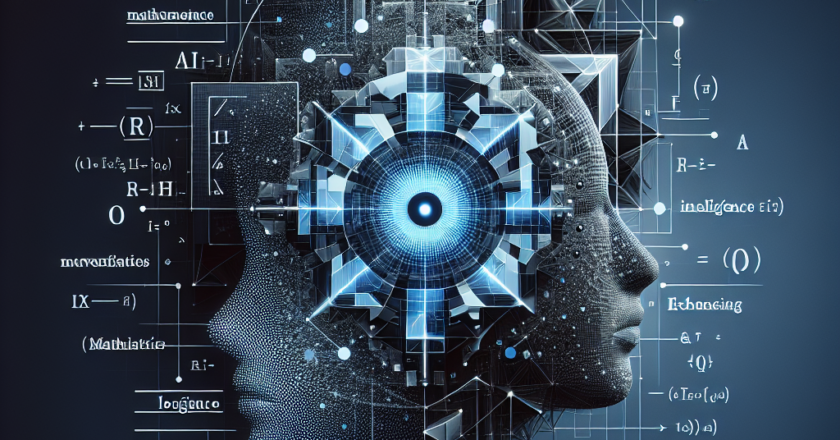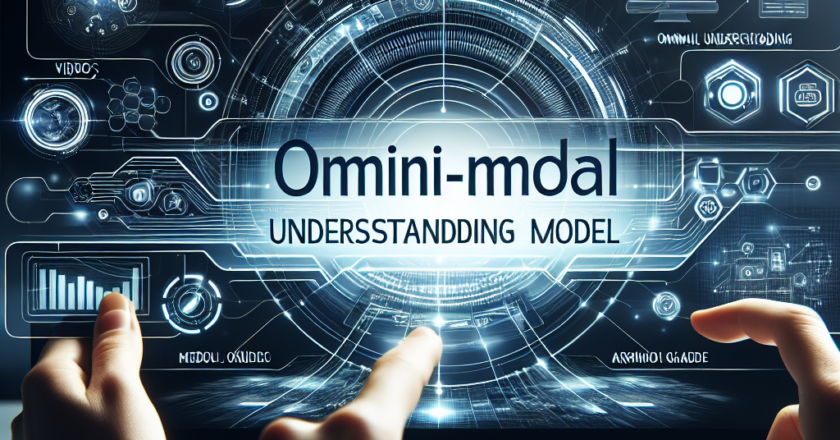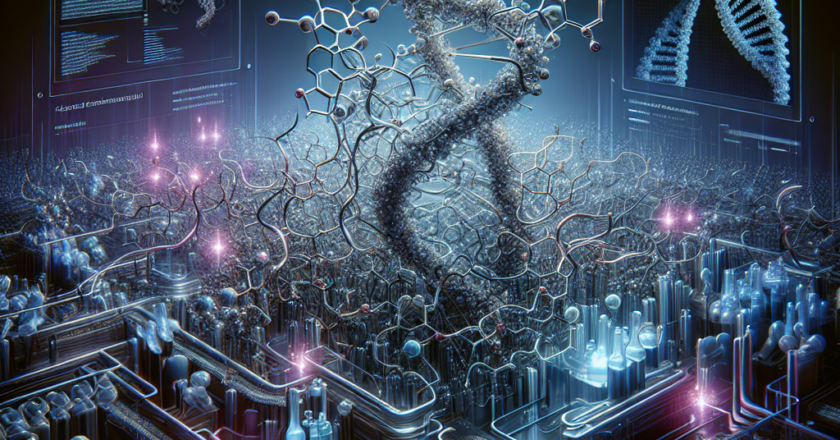Bridging the Gap: Reka AI Unveils Open-Source Reka Flash 3 – A Game-Changer for Practical AI Solutions
Summary:
Developers and organizations in the AI landscape encounter challenges like high computational demands, latency issues, and limited access to adaptable open-source models.
Existing solutions often need expensive cloud infrastructures or are too large for on-device applications, indicating a need for efficient and flexible models.
Reka AI has open-sourced Reka Flash 3, a 21B general-purpose reasoning model trained from scratch, aiming to bridge the gap for more practical AI solutions.
Author's Take:
In a field marked by challenges like computational demands and restricted model accessibility, the release of Reka Flash 3 by Reka AI signifies a step towards more flexible and efficient AI solutions. By open-sourcing this model, developers and organizations may overcome obstacl...










